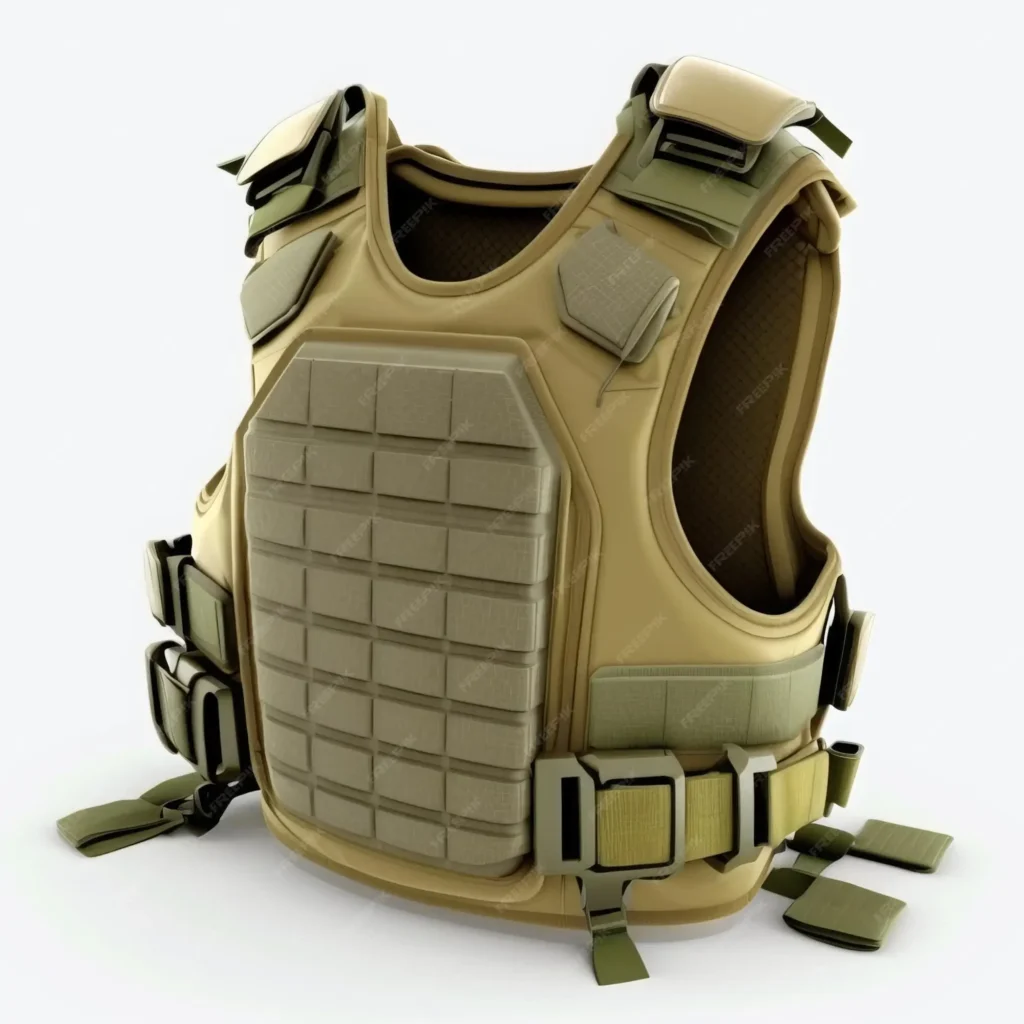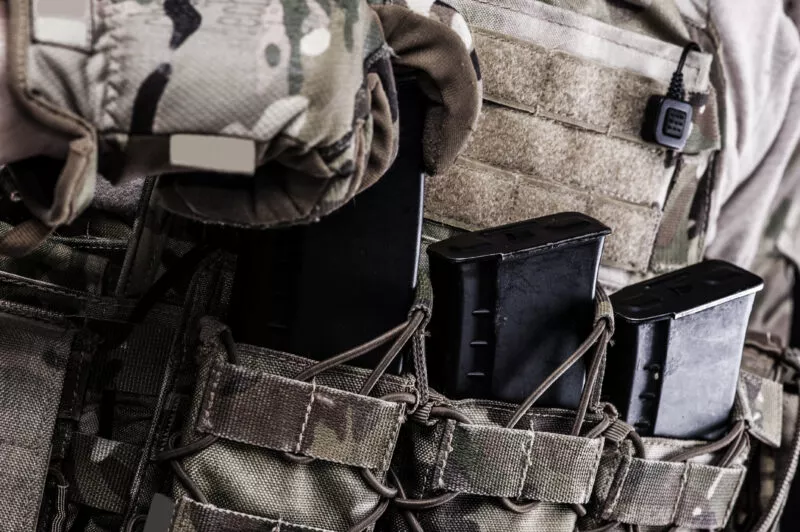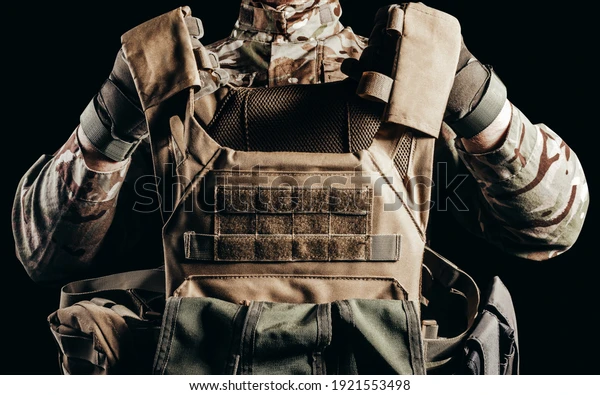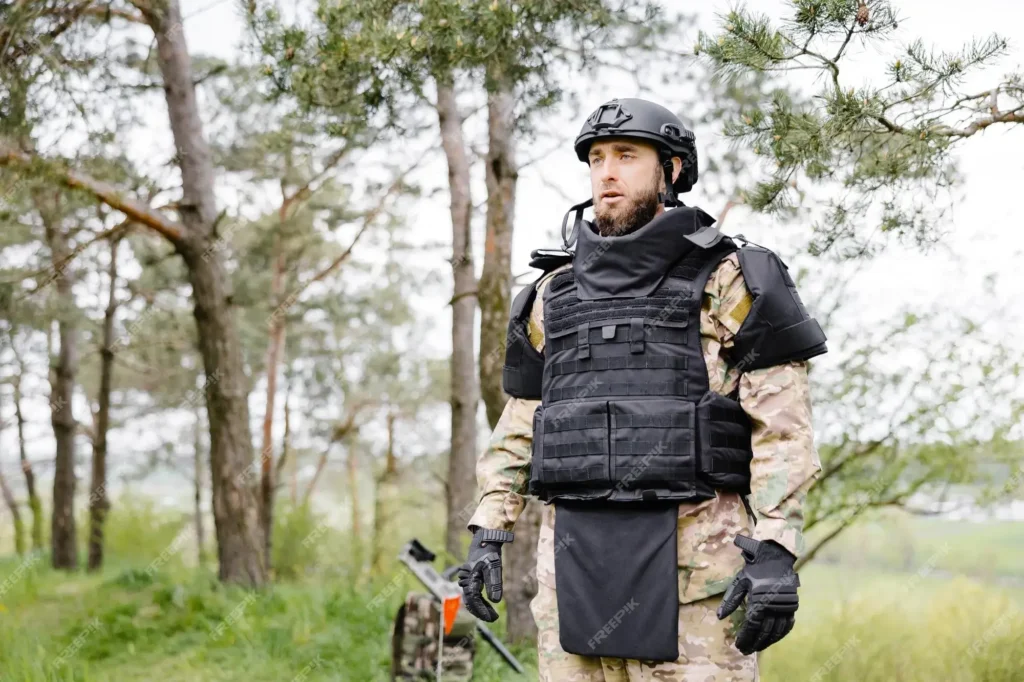Tactical vests have become an integral part of the gear worn by military personnel, law enforcement officers, and outdoor enthusiasts. Beyond their distinctive appearance, these vests serve a crucial purpose in enhancing functionality, safety, and overall effectiveness in various operational scenarios. In this article, we delve into the purpose of a tactical vest and explore the key features that make it an indispensable piece of equipment.
Table of Contents
Weapon Carriage:
Equipment organization is a fundamental aspect of any well-prepared individual, especially those in professions that demand precision and quick access to essential tools. Whether in the military, law enforcement, emergency services, or outdoor activities, efficient equipment organization is key to enhancing effectiveness and response time.
1. Tactical Vests and Pouches:
Tactical vests serve as a central hub for equipment organization. Designed with multiple pouches, compartments, and attachment points, these vests enable wearers to arrange their gear systematically. Pouches vary in size and purpose, accommodating items such as ammunition, first aid kits, communication devices, tools, and more.
2. MOLLE Systems:
Modular Lightweight Load-carrying Equipment (MOLLE) systems are integral to equipment organization. These systems consist of webbing and straps that allow users to attach and customize pouches and accessories. MOLLE’s modular design provides flexibility, enabling individuals to tailor their gear layout based on the specific demands of their mission or activity.
3. Quick and Easy Access:
The primary goal of equipment organization is to facilitate quick and easy access to essential items. In high-pressure situations, a well-organized setup ensures that individuals can retrieve the right tool or accessory without hesitation. This seamless access is critical for maintaining focus and reacting promptly to changing circumstances.
4. Role-Specific Organization:
Different roles and professions require specialized equipment. Tactical vests are designed to cater to these specific needs, allowing wearers to organize their gear according to their roles. For example, a law enforcement officer may prioritize magazine pouches and communication devices, while a medic might emphasize first aid supplies.
5. Enhanced Efficiency and Safety:
A well-organized tactical vest contributes to enhanced efficiency and safety. Knowing the precise location of each item minimizes fumbling or searching during critical moments. This efficiency not only saves time but also reduces the risk of overlooking crucial tools, contributing to overall safety in challenging environments.
6. Adaptability for Various Activities:
The adaptability of equipment organization systems allows individuals to transition seamlessly between different activities. Whether on a military mission, conducting law enforcement duties, or engaging in outdoor pursuits like hiking or airsoft, the ability to customize gear arrangements ensures optimal preparedness for diverse scenarios.
7. Comfort and Weight Distribution:
Beyond facilitating easy access, a well-organized tactical vest contributes to wearer comfort. Strategic weight distribution prevents discomfort during prolonged use and ensures that the vest remains balanced, allowing individuals to move freely without being encumbered by uneven loads.
Protection and Ballistic Panels:

Protection and ballistic panels are integral components of modern tactical vests, enhancing the safety and survivability of individuals in high-risk environments. Designed to mitigate the impact of projectiles and provide an additional layer of defense, these panels are crucial for those operating in law enforcement, military, and security roles.
1. Ballistic Resistance:
The primary purpose of ballistic panels is to offer resistance against projectiles, such as bullets or shrapnel. These panels are often constructed from specialized materials that can absorb and disperse the energy generated upon impact, reducing the risk of penetration and injury.
2. Strategic Placement:
Tactical vests incorporate ballistic panels in strategic areas to protect vital organs and areas vulnerable to injury. Front and back panels, as well as side inserts, are common configurations to ensure comprehensive coverage without compromising the wearer’s mobility.
3. Levels of Protection:
Ballistic panels are available in various levels of protection, ranging from those designed to stop handgun rounds to those capable of withstanding high-velocity rifle projectiles. The selection of the appropriate level depends on the specific threats anticipated in a given operational environment.
4. Flexible Materials:
While providing robust protection, modern ballistic panels are often constructed from flexible and lightweight materials. This design consideration ensures that wearers can move freely and comfortably, promoting agility and minimizing restrictions in movement during dynamic situations.
5. Ceramic and Composite Materials:
Many advanced ballistic panels utilize ceramic and composite materials in their construction. Ceramic plates, for example, are known for their high hardness and ability to dissipate energy upon impact. Composite materials combine different substances to create panels with optimal strength and weight characteristics.
6. Multi-Hit Capability:
Some ballistic panels boast multi-hit capabilities, allowing them to withstand multiple impacts without compromising their protective qualities. This feature is crucial in scenarios where sustained gunfire or multiple threats are anticipated.
7. Versatility of Use:
Tactical vests with ballistic panels find application in a range of professional roles, including military and law enforcement. They are also utilized in personal protection for civilians who may face specific security threats. The versatility of these vests makes them adaptable to various environments and operational requirements.
8. Concealable and Overt Options:
Ballistic panels are available in both overt and concealable vest designs. Overt vests, worn externally, provide a visible deterrent and additional utility pouches. Concealable vests, on the other hand, are worn beneath clothing for discreet protection without compromising aesthetics.
Comfort and Mobility:

Comfort and mobility are paramount considerations in the design of tactical vests, ensuring that wearers can move freely and perform tasks with agility and ease. Whether engaged in military operations, law enforcement duties, or outdoor activities, the comfort and mobility afforded by tactical vests are crucial for the overall effectiveness of the individual.
1. Ergonomic Design:
Tactical vests are crafted with an ergonomic approach, considering the natural contours and movements of the human body. This design focus ensures that the vest fits comfortably and does not hinder the wearer’s range of motion during various activities.
2. Adjustable Straps and Fastenings:
The inclusion of adjustable straps and fastenings allows individuals to customize the fit of the tactical vest according to their body size and shape. This adaptability ensures a snug yet comfortable fit, minimizing the risk of chafing or discomfort during prolonged use.
3. Weight Distribution:
Comfort is further enhanced by strategic weight distribution. Tactical vests are designed to evenly distribute the weight of gear and equipment, preventing undue stress on specific areas of the body. This feature is especially important for wearers carrying a significant load for extended periods.
4. Ventilation and Breathability:
To address concerns of overheating and discomfort, modern tactical vests incorporate ventilation and breathability features. Mesh panels, perforations, or moisture-wicking materials promote air circulation and help regulate body temperature, particularly in challenging climates.
5. Lightweight Materials:
Advances in material technology have led to the use of lightweight yet durable materials in the construction of tactical vests. These materials contribute to the overall comfort of the vest, ensuring that wearers are not encumbered by unnecessary bulk.
6. Freedom of Movement:
Tactical vests prioritize freedom of movement, allowing wearers to execute a wide range of motions without hindrance. Whether crouching, kneeling, or engaging in dynamic activities, the vest is designed to move with the wearer, supporting fluid and unrestricted motion.
7. Integration with Body Armor:
When worn in conjunction with body armor, tactical vests maintain a balance between protection and comfort. The integration of these components ensures that wearers experience enhanced safety without sacrificing the flexibility needed for rapid responses.
8. Durability and Longevity:
Comfort is not only about immediate wear but also about the durability of the vest over time. Tactical vests are constructed with robust materials and reinforced stitching to withstand the rigors of demanding use, ensuring long-lasting comfort and functionality.
9. Minimized Friction Points:
The design of tactical vests aims to minimize friction points and potential discomfort. Smooth edges, padded shoulder straps, and careful attention to seams contribute to a vest that can be worn for extended periods without irritation.
Versatility and Customization:

Versatility and customization are key features that define the effectiveness and adaptability of modern tactical vests. These aspects are critical in ensuring that individuals, whether in military, law enforcement, or outdoor settings, can tailor their gear to meet the specific demands of their missions and activities.
1. Modular Lightweight Load-carrying Equipment (MOLLE):
A hallmark of versatility and customization in tactical vests is the incorporation of MOLLE systems. MOLLE, or Modular Lightweight Load-carrying Equipment, consists of webbing and straps that allow users to attach and arrange pouches, holsters, and accessories in a personalized configuration. This modular design empowers individuals to optimize their gear layout based on the nature of their mission.
2. Adaptable Pouch Configurations:
Tactical vests are equipped with various pouches and compartments, and their arrangement can be adapted to suit the wearer’s preferences and requirements. Whether it’s ammunition, first aid supplies, communication devices, or tools, the ability to customize the arrangement of pouches ensures efficient organization and easy access to essential items.
3. Role-specific Customization:
Different roles within the military or law enforcement may demand unique gear setups. The versatility of tactical vests allows individuals to customize their equipment based on their specific roles and responsibilities. For instance, a medic may prioritize medical pouches, while a marksman may require additional space for ammunition.
4. Adjustable Straps and Fastenings:
Versatile tactical vests feature adjustable straps and fastenings that accommodate various body sizes and shapes. This adaptability ensures a comfortable fit for wearers, enhancing their mobility and minimizing discomfort during extended periods of use.
5. Integration with Body Armor:
Tactical vests are designed to integrate seamlessly with other protective gear, such as body armor. This integration ensures a cohesive and layered approach to personal protection, allowing individuals to customize their setup based on the specific threats they may encounter.
6. Compatibility with Accessories:
The customization options extend beyond pouches to include various accessories. Tactical vests are compatible with accessories such as radio holders, utility pouches, hydration systems, and even specialized mission-specific tools. This compatibility enhances the versatility of the vest and caters to a wide range of operational needs.
7. Quick Reconfiguration:
The modular nature of tactical vests enables quick reconfiguration in response to changing circumstances. Users can adapt their gear setup on the fly, allowing for dynamic adjustments based on the evolving requirements of their mission or activity.
8. Personal Expression:
Beyond the practical aspects, the customization of tactical vests allows for personal expression. Individuals can showcase patches, insignias, or identifiers that reflect their unit, affiliations, or personal style. This element of personalization fosters a sense of identity and pride among wearers.
In conclusion, the versatility and customization inherent in tactical vests empower individuals to tailor their gear to specific tasks, environments, and personal preferences. These features ensure that users are well-equipped, comfortable, and ready to face the diverse challenges presented in their professional or recreational pursuits.
Identification and Communication:

Identification and communication are integral aspects of tactical vests, playing a crucial role in ensuring effective coordination and recognition in dynamic and potentially high-risk environments. These features enhance situational awareness, promote team cohesion, and contribute to the overall success of missions in military, law enforcement, and other professional settings.
1. Patches and Insignias:
Tactical vests often feature areas designed for patches, insignias, and identifiers. These elements serve as visible markers, allowing wearers to display unit affiliations, ranks, or specific roles. Patches contribute to rapid visual recognition, enabling team members to identify each other quickly.
2. Unit and Team Identification:
Identification elements on tactical vests aid in distinguishing between different units or teams within a larger operation. Unique insignias or colors assist in preventing confusion and fostering cohesion among team members, especially in scenarios where multiple groups may be present.
3. Reflective Markings:
Some tactical vests incorporate reflective markings or materials. These enhance visibility in low-light conditions, providing an additional layer of identification and safety during nighttime or low-visibility operations.
4. Communication Devices:
Tactical vests are designed to accommodate communication devices crucial for maintaining connectivity within a team. Integrated pouches or straps allow for the secure attachment of radios, microphones, or earpieces, ensuring clear and efficient communication between team members.
5. Routing for Cables and Wires:
To maintain a streamlined appearance and prevent entanglement, tactical vests often feature routing options for cables and wires associated with communication devices. This design consideration minimizes the risk of snagging during movement.
6. Accessibility of Communication Tools:
Quick and easy access to communication tools is prioritized in tactical vest design. Pockets or pouches are strategically placed for convenient storage of radios or other devices, allowing wearers to swiftly retrieve and utilize their communication equipment when needed.
7. Hands-Free Communication:
Tactical vests are designed to support hands-free communication by integrating options for headset or microphone attachments. This feature enables wearers to communicate seamlessly while maintaining situational awareness and the ability to execute tasks without interference.
8. Adaptability for Different Communication Systems:
The adaptability of tactical vests extends to accommodating various communication systems. Whether using traditional radios, digital systems, or specialized communication devices, the vest provides flexibility to support the specific needs of the mission.
9. Personal Identification:
Beyond professional affiliations, tactical vests may include areas for personal identification, such as name tags or blood-type patches. These details contribute to individual recognition and are valuable in emergencies or when medical assistance is required.

